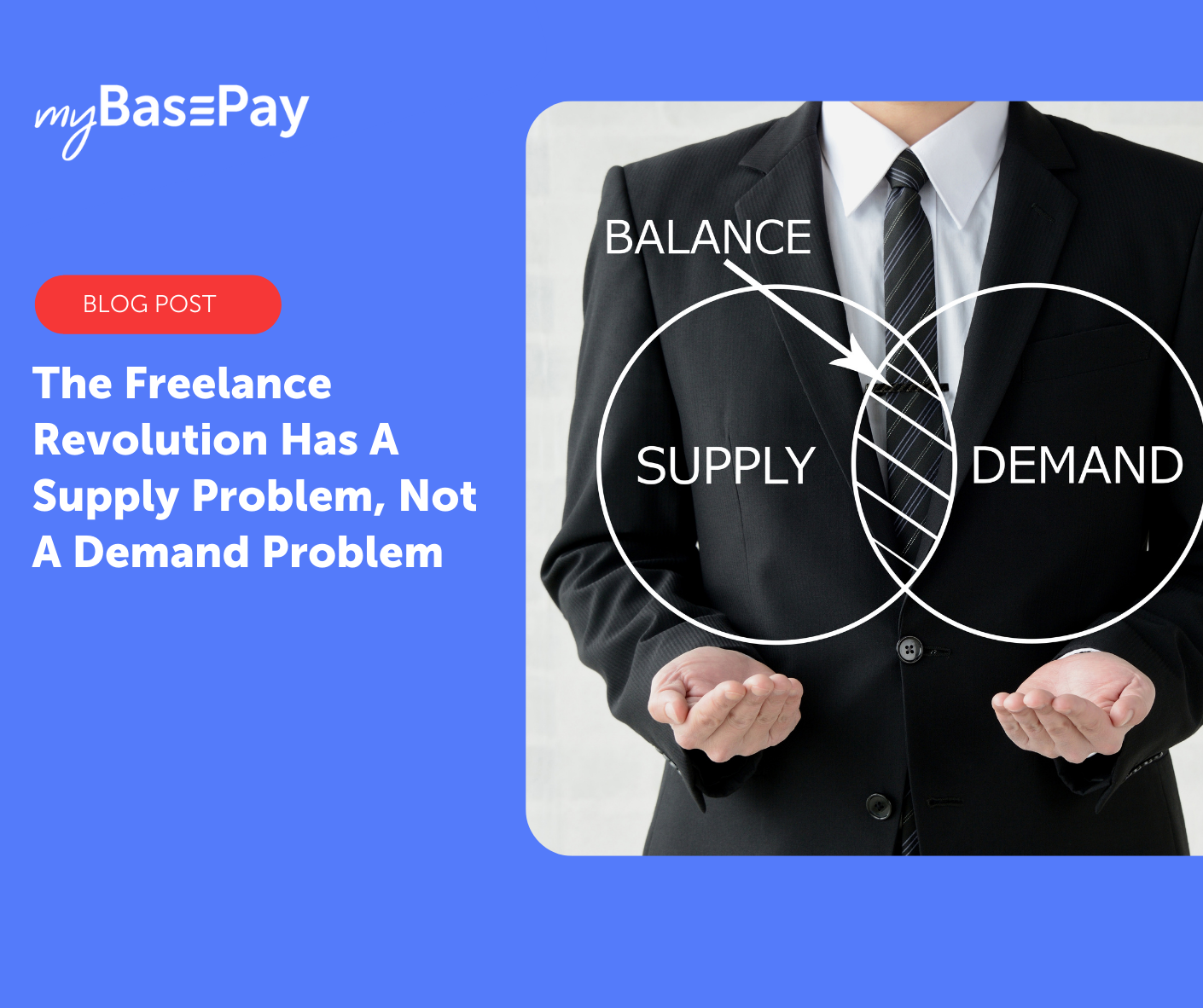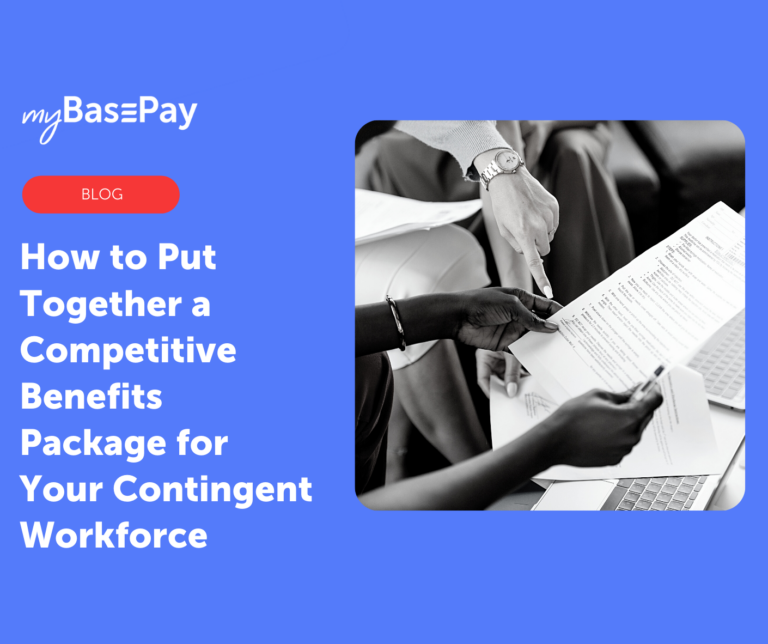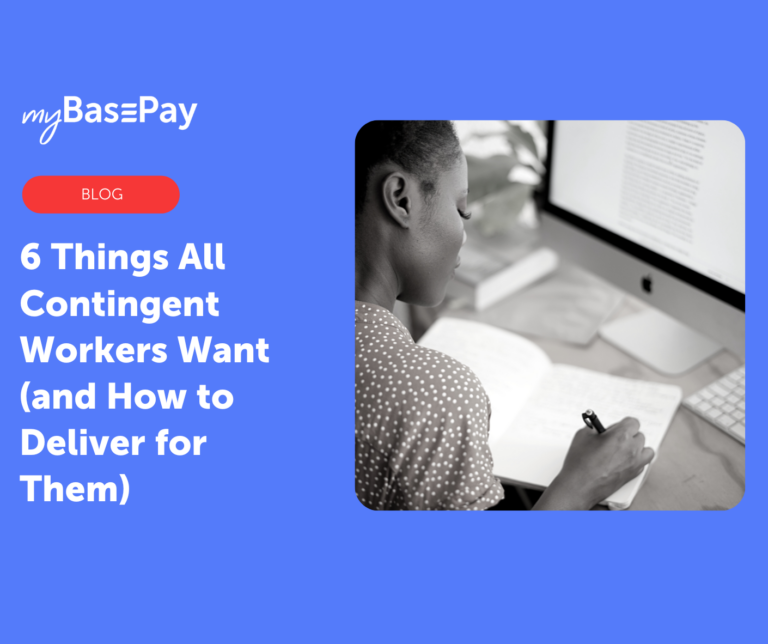The Freelance Revolution Has A Supply Problem, Not A Demand Problem
(This article originally appeared in Forbes on December 13, 2021)
The freelance revolution has a supply problem. You mightn’t think so by just reading the headlines. Upwork reported the US as having almost 60 million freelancers. McKinsey & Co research estimated that by 2025, “Online talent platforms could raise global GDP by up to $2.7 trillion and increase employment by 72 million full-time-equivalent positions.” Nevertheless, without significantly increasing the participation of full-time freelancers, this revolution won’t reach escape velocity anytime soon.
My assertion might surprise readers. Each month we read about more professionals choosing to exit traditional jobs. Over 10 million left US employers this year; over 4 million in October alone. A Workvivo survey found two thirds of surveyed employees ready to leave their jobs for just a 5% increase in pay. Most of the freelance platforms I cover, and I follow a couple hundred platforms around the world, are growing their freelancer population, many doubling or more during the pandemic.
But, while freelancing rates have grown, its primarily due to part-time freelancers. We call them side-hustlers or side-giggers; professionals full-time employees who freelance on the side. Some do it to for extra income, others find it a helpful way to stay up to date in their profession, or a way to test a future in freelancing. For some, its insurance against the loss of employment.
Three quarters of the 60 million self-described freelancers in the US are part-time. Three million of the four million members of UK’s IPSE are described as part-time. And, so on. There aren’t enough full-time freelancers to fully meet the needs of enterprise clients who increasingly depend on full-time freelancers. Here’s why: Part-time freelancers are difficult to engage for extended periods. It’s challenging to involve them in significant team projects. There is greater potential for competitive conflict. Travel if required is often problematic.
The pandemic accelerated the shift to full-time for some freelancers, by choice or furlough. But, it hasn’t increased the population sufficiently, particularly in high-demand tech areas like AI. A recent survey found only 37% of side-giggers seriously considered freelancing full-time. Three reasons were given:
- Worries about income stability and predictability
- Fear of failure, and the entrepreneurial dilemma: Can I make it on my own? Studies regularly find 60% or more of full-time freelancers are satisfied with their earnings. But, the concern is understandable.
- The loss of attractive employer-sponsored benefits
If you believe, as I do, that the future success of organizations – large and small, commercial or not-for profit – depends on a more flexible, blended workforce, solving the freelance talent supply is a critical challenge.
To do so, change is required on several fronts. For example, the formal education emphasizes preparing students for full-time employment. Many schools offer an entrepreneur track for future business builders; why not also prepare interested students for a career in solopreneurship? Might the career services of universities offer workshops and a supportive curriculum on the fundamentals of success in freelancing? Could leading global and regional freelance platforms begin to actively recruit talented freelancers on campus and create an on-boarding process unique to their needs.
Might organizations partner with freelance communities in more creative ways? For example, are exchange programs possible between companies and freelance platforms? Parker-Dewey and Techintern.io connect university students with micro-internships at great companies like Microsoft. Why not also give eager Microsoft employees a turn as freelancers in their field of expertise with Upwork or Linkedin? Could Belgium’s excellent freelance community freelancebusiness.be expand its freelance month agenda to help part-time freelancers make the shift to full-time?
Governments must help by recognizing that freelancing is here to stay. The UK has made freelancing less attractive as a result of new rules and a third of freelancers have turned to permanent employment as a result. By contrast, Denmark, a country uncomfortable with freelancing just a few years ago, is now a leader in supporting the freelance revolution through reasonable policies and practices. Other countries need to step up; freelancing is a global movement. The rules and regulations need to recognize qualified professionals choosing to work independently. They are a different category of work and worker from gigsters who are cobbling together an income as deliverers and drivers, and deserve legal protection against unfair exploitation and abuse.
Platforms also need to think, act, and invest differently. Too many marketplaces are digital talent warehouses rather than thriving, growing, communities of collaborating professionals. To attract more full-time freelancers, more platforms will have to refashion themselves as virtual town centers where people meet with clients, pitch their next project, enjoy a virtual coffee with colleagues, learn or practice a new skill, whiteboard with a project team, or learn what’s new in their industry or technology. Contra, Braintrust, Toptal and G2i.co in the US, Seeds and Workana in Latam, ITARMI, Talmix and Hoxby in the UK, OMS and Sneakers+Jackets in France, Comatch, Vicoland and ExpertPowerhouse in Germany, Omdena and Adevait in Eastern Europe, Gebeya and Africa Foresight Group in Africa, Mash in Australia, and Gaxzprom Neft’s P4.0 are some of the platforms leading the way in making this a reality.
There are big implications also for the ecosystem partners like Payoneer and Mybasepay in the US, and Sonovate and Coconut in the UK. New finance apps will help attract full-time freelancers by providing equivalent services to those offered to corporate employees: savings and retirement planning, income smoothing, credit, mortgages, healthcare, and discounts from partner organizations. Platforms must begin to offer these services, but they will also be available on a direct support basis to freelancers who operate independently. Educational platforms like Jolt.io epignosis.com and Udacity are also innovators in this space.
In short, we have to make the shift from part-time to full-time freelancing “safer” in order to unlock greater interest and willingness.
What’s the pay-off for a greater number of freelancers working full-time? In a word, tremendous. Pre-pandemic, total revenues flowing through freelance platforms were under $10 billion, a rounding error in the $497 billion dollars generated by the overall global staffing industry. Clearly, there is room for growth above the 16% predicted.
The payoff is also opportunity for more professionals to build a business of their own. 69% of (US) entrepreneurs started their businesses in their home. Side-gigs are a first step in the freelance revolution, teaching professionals how to build and run a business. Solopreneurship prepares individuals to be successful entrepreneurs. Of the 11 reasons why entrepreneurs fail cited in a recent article, most reflect inexperience. Freelancing solves that.
The pay-off is also reducing global economic inequality. Full-time freelancing connected a Fiverr illustrator in Bangladesh with children’s book writers around the world, enabling them to escape multi-generational poverty. Freelancing connects a marketing expert in Scotland to a fast growing firm in Melbourne that needs their help, and hooks up a medical startup in Estonia with the world’s expert in their technology at an affordable rate.
McKinsey is fulsome about the global potential of freelance platforms. Their research points out, “The actual number of individuals who stand to gain is much larger. In total, some 540 million people—a number equivalent to the entire population of the European Union—could find employment, increase the number of hours they work, or find jobs that are a better fit. Beyond their impact on individuals and the broader economy, talent platforms can help companies transform the way they hire, train, and manage their employees.”
More full-time freelancing is the yeast that enables the freelance revolution to grow at scale. Join me, colleagues at my Agile Talent Collaborative, Open-Assembly, and leading platforms and ecosystem partners as we tackle this new initiative together.
Viva la revolution!
Author: Jon Younger
HR thought leader, author, teacher, and early-stage investor. Writing about the freelance revolution and the future of work. Books include HR From the Outside In, HR Transformation, and Agile Talent. Follow me on Twitter @jon_younger, and check my Linkedin page for new articles.






